Voyage
The First Fleet
The First Fleet voyage took between 250 and 252 days to complete, with 68 of these days spent anchored in ports en route.
While the ships were being repaired and loaded with fresh water and supplies, the officers and marines went onshore to explore the exotic towns and purchase goods for their private use. Some of these men wrote of their experiences; their journals and letters giving us glimpses into this extraordinary voyage.
"Thus, under the blessing of God, was happily completed, in eight months and one week, a voyage which, before it was undertaken, the mind hardly dared venture to contemplate … we had sailed five thousand and twenty-one leagues; had touched at the American and African Continents … without meeting any accident in a fleet of eleven sail, nine of which were merchantmen that had never before sailed in that distant and imperfectly explored ocean …"
David Collins, 1798
The voyage of the First Fleet captured the imagination of the British public. In published accounts it was romanticised as an epic journey, culminating in the foundation of a new British colony. Paintings and sketches by naval artists portrayed the convict convoy as a majestic armada of ships and a potent symbol of British sea power. In reality, the fleet was rather a motley assemblage of chartered vessels, many of which sailed poorly, their holds packed to capacity with seasick convicts and bulging with stock and supplies.
Portsmouth, England 13 May 1787
From January 1787 prisoners from various jails were put on the convict transport ships. A series of delays fitting out the ships, organising supplies and crew meant convicts spent many months confined on board. Disease and the winter months took their toll with 16 male convicts dying on Alexander. Finally, at daybreak on 13 May 1787, Governor Phillip ‘hoisted his flag on board the Sirius’ and gave the signal for the 11 ships to weigh anchor. The fleet was escorted out of the English Channel by HMS Hyaena with the slow-sailing Charlotte having to be towed for part of the way.
Release from fetters 20 May 1787
On the morning of 20 May Governor Phillip gave the order to release the convicts from their ‘fetters’. Captain–Lieutenant Watkin Tench, whose journal was published in 1789, wrote of his happiness in releasing the convicts on board Charlotte:
‘In complying with these directions, I had great pleasure in being able to extend this humane order to the whole of those under my charge, without a single exception.’
That same evening HMS Hyaena left the fleet and returned to England, carrying Governor Phillip’s dispatches and numerous letters to friends and family.
Santa Cruz, Tenerife 3 June to 10 June 1787
It was not until the fleet reached Tenerife that Governor Phillip had the opportunity to see all the convicts in his charge. He described them as ‘quiet and contented’, with some ‘compleat villains’ among them.
On the night of 8 June, while the ships were busily being loaded with fresh water, a convict named John Powers made a brief escape from Alexander. First Fleet marine officer Watkin Tench wrote in 1789:
While we lay at anchor in the road, a convict had the address … to secrete himself on the deck, when the rest were turned below; and after remaining quiet for some hours, let himself down over the bow of the ship, and floated to a boat that lay astern, into which he got, and cutting her adrift, suffered himself to be carried away by the current, until at a sufficient distance to be out of hearing, when he rowed off.
Powers was recaptured the next morning.
Missing Port Praya 21 June 1787
With insufficient quantities of fruit and vegetables obtained at Santa Cruz, Captain Phillip had planned to purchase more supplies at Port Praya on the island of St Jago (Santiago). However, as recorded by Captain John Hunter, the plan had to be abandoned:
… when we opened the Bay of Port Praya, we were Suddenly taken aback with the wind from the NW and every Ship appeared to have a different wind … it was thought that any attempt to gain the Anchorage under such unfavourable Circumstances, might be attended with the danger of some of the Ships getting on board each other; it was therefore determined to give up the intention and the Signal for Anchoring was hauled in.
Crossing the equator 14 July 1787
Crossing the equator, which marked the change from the northern hemisphere to the southern hemisphere, was celebrated at sea by ‘crossing the line’ ceremonies. This initiation rite required sailors who had never crossed the line to appear before ‘King Neptune’ and undergo physical tests to prove they could endure the hardships of life at sea.
While Surgeon General John White records that the seamen on board Charlotte didn’t show an ‘inclination … to observe the ceremony usually practised’ when crossing the equator, David Collins, who travelled on HMS Sirius, wrote:
Such persons as had never before crossed the Line were compelled to undergo the ridiculous ceremonies which those who were privileged were allowed to perform on them …
Rio de Janiero, Brazil 6 August to 4 September 1787
At Rio de Janerio a variety of seeds and plants were obtained for the new settlement. These included coffee, cotton, cocoa, banana, orange, lemon, guava, tamarind, prickly pear, Pomme Rose [rose apple] and medicinal plants ipecacuana & jalap.
While in port, attention was given to the health of the convicts, who were supplied with daily rations of rice, fresh beef and vegetables served along with, as David Collins wrote, ‘great numbers oranges’ to ‘put them in a state of health and condition to resist the attacks of scurvy’.
Table Bay, Cape of Good Hope, South Africa 14 October to 12 November 1787
At the Cape of Good Hope Governor Phillip purchased more plants that he hoped would thrive in the new settlement, including fig, quince, apple and pear trees, bamboo, sugar cane, grape vines and strawberry plants. Various livestock as described in 1788 by Surgeon George Worgan was also purchased and loaded on board HMS Sirius and the three storeships (the female convicts on Friendship were transferred to other ships to make way for the sheep):
As that was the last civilized Country We should touch at, in our Passage to Botany Bay We provided ourselves with every Article, necessary for the forming a civilized Colony, Live Stock, consisting of Bulls, Cows, Horses Mares, Colts, Sheep, Hogs, Goats Fowls and other living Creatures by Pairs. …Thus Equipped, each Ship like another Noah’s Ark, away we steered for Botany Bay.
Phillip sails ahead 25 November 1787
Captain Arthur Phillip divided the fleet and sailed ahead with the four fastest ships – Supply, Alexander, Scarborough and Friendship. Captain John Hunter was put in charge of the remainder of the fleet. Phillip recorded in 1789:
On the 25th, being then only 80 leagues to the eastward of the cape, Governor Phillip left Sirius and went on board the Supply tender; in hopes, by leaving the convoy, to gain sufficient time for examining the country round Botany Bay, so as to fix on the situation most eligible for the colony, before the transports should arrive.
Botany Bay, Australia 18 to 20 January 1788
HMS Supply reached Botany Bay on 18 January. Alexander, Scarborough and Friendship arrived the next day, followed by the rest of the Fleet on 20 January. Under instructions to quickly establish the settlement, Phillip wasted no time in judging Botany Bay an unsuitable location. Within days of the fleet’s arrival he had explored Port Jackson and determined that its deep harbour and supply of fresh water made a ‘fitter place’ for the new settlement.
On 25 January Phillip sailed to Port Jackson in Supply, the rest of the fleet unable to follow until the next day. According to some accounts, disaster was only narrowly avoided, with a number of the ships colliding as they made their way out of Botany Bay. Surgeon Arthur Bowes Smyth on board Lady Penrhyn described the chaotic scene:
The Friendship & Prince of Wales … came foul of each other & the Friendship carried away her Jib Boom ----The Prince of Wales had her New Mainsail & Main topmast staysail rent in pieces by the Friendship. The Charlotte also afterwards ran foul of the Friendship & carried away a great deal of the Carv’d work for (the Charlotte’s) Stern & it was wt. the greatest difficulty our Ship avoided the same fate …
By the evening of 26 January 1788 the entire fleet was safely anchored in the harbour of Port Jackson. The small cove chosen for the settlement, named Warrane by the local Aboriginal people, was renamed Sydney Cove by Governor Phillip.
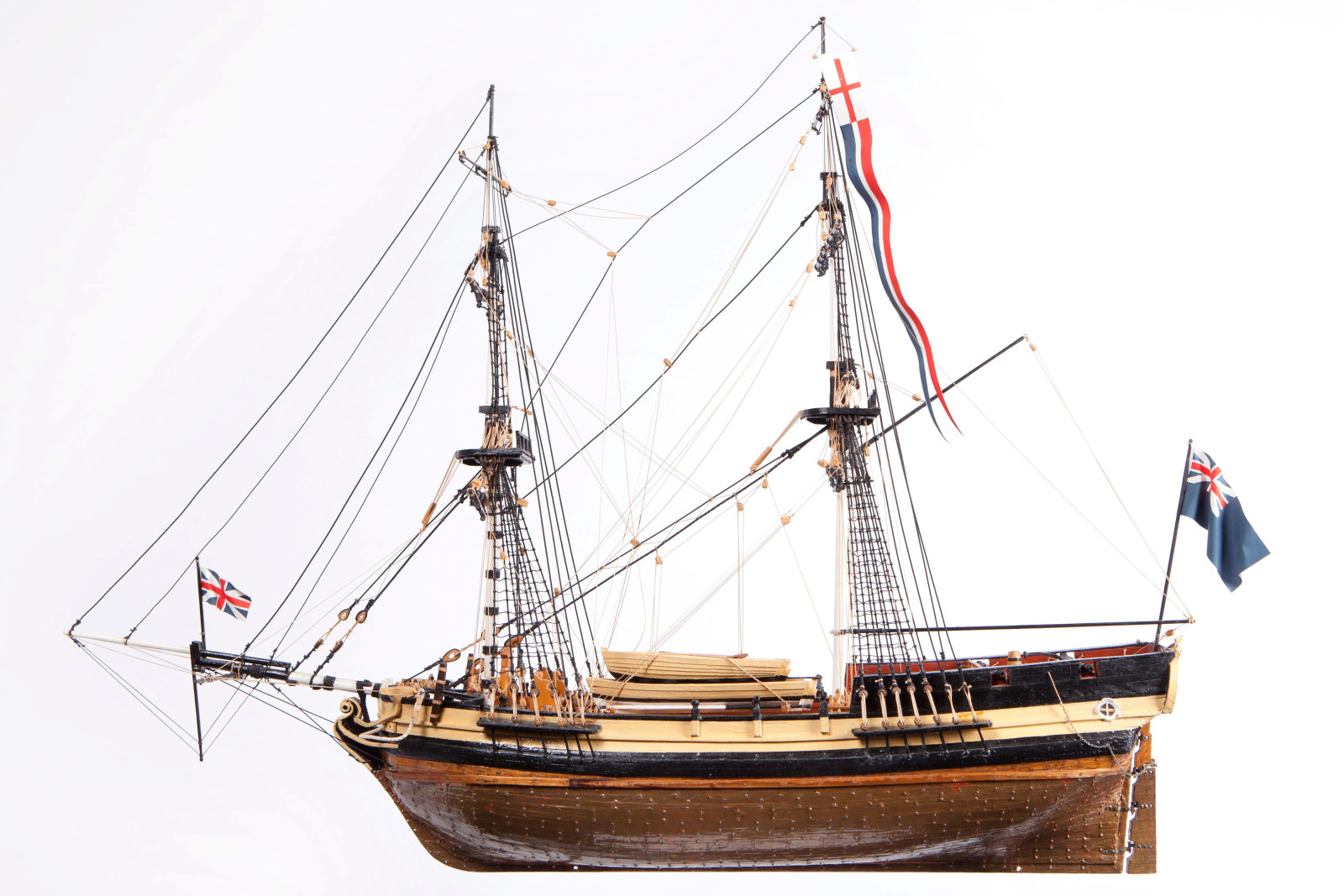
Alexander
Length: 34.75 metres (114 feet); width: 9.5 metres (31 feet); weight: 460 tonnes (452 tons)
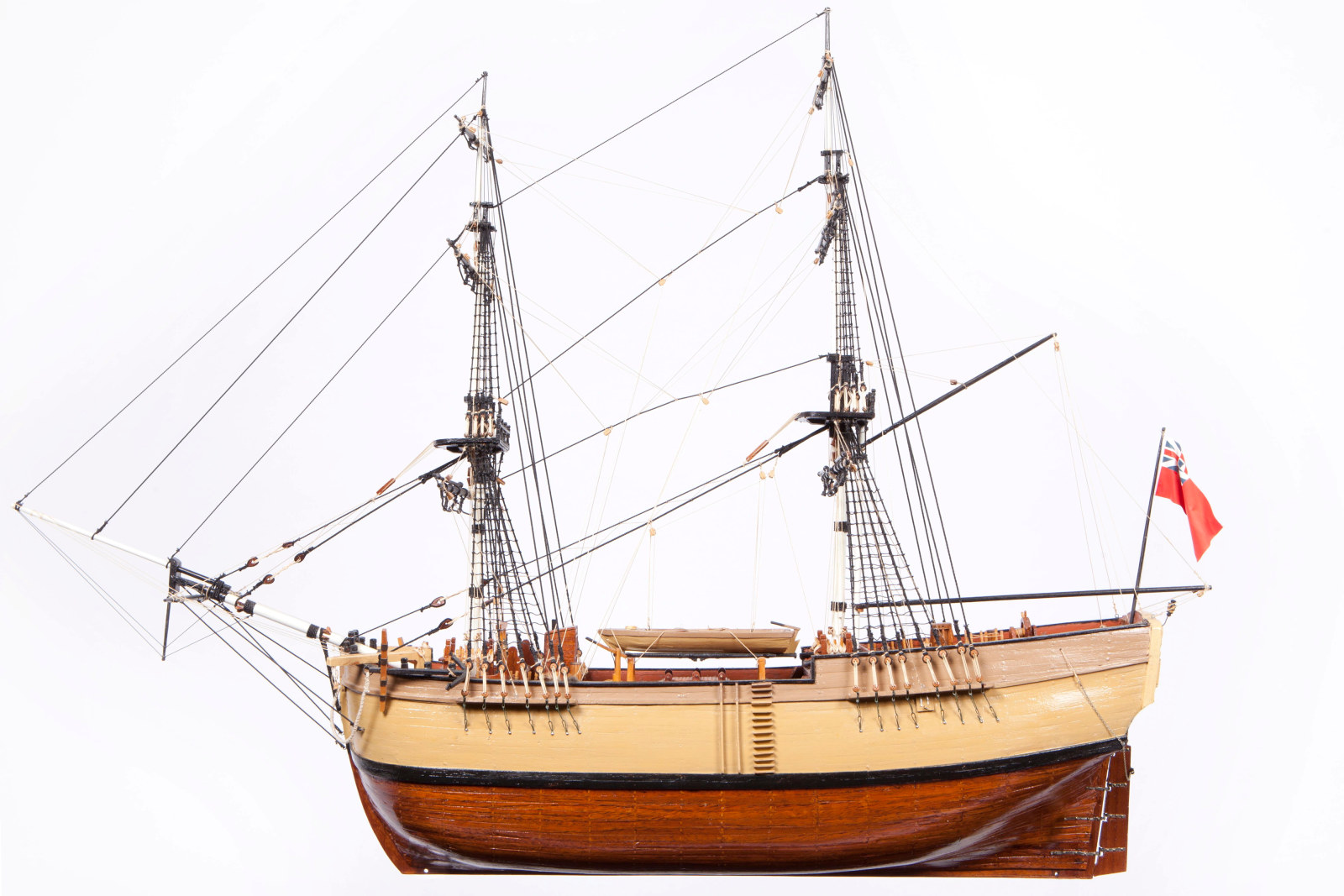
First Fleet Ships
Borrowdale
Length: 22.7 metres (75 feet); width 6.7 metres (22 feet); weight: 276 tonnes (272 tons)
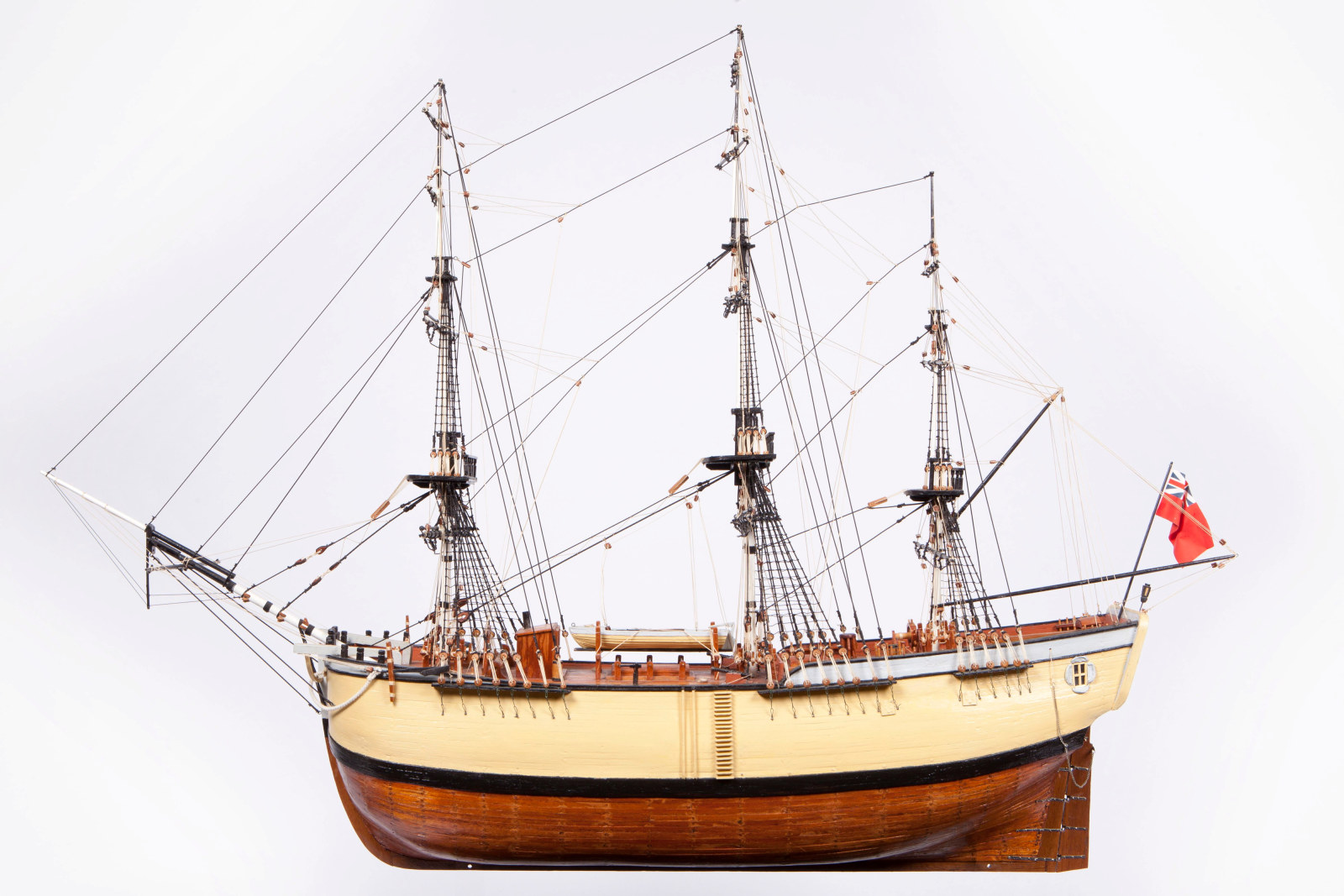
First Fleet Ships
Charlotte
Ship size length: 32 metres (105 feet); width: 8.5 metres (28 feet); weight: 343 tonnes (338 tons)
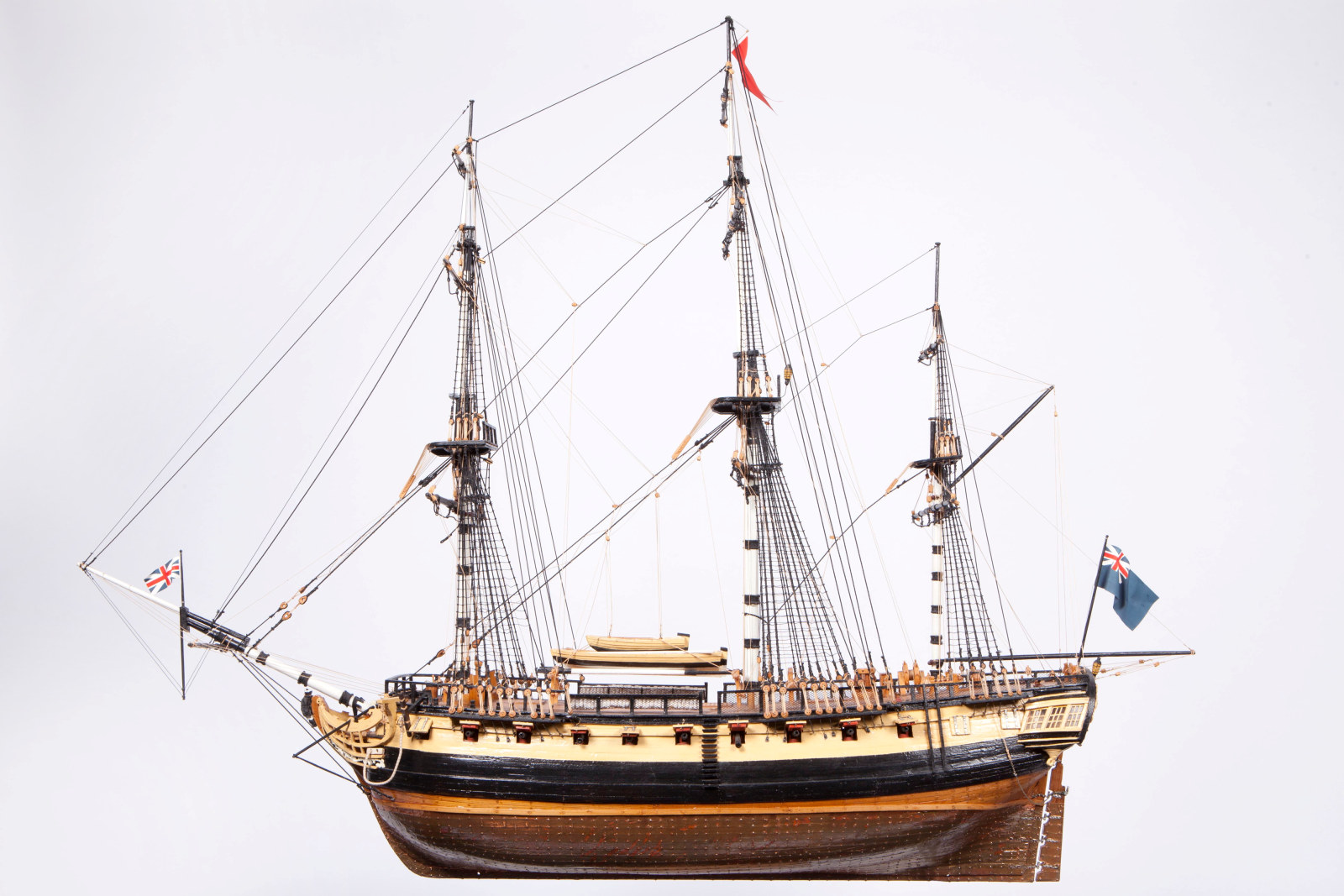
First Fleet Ships
Fishburn
Length: 31.4 metres (103 feet); width: 8.8 metres (29 feet wide); weight: 384 tonnes (378 tons)
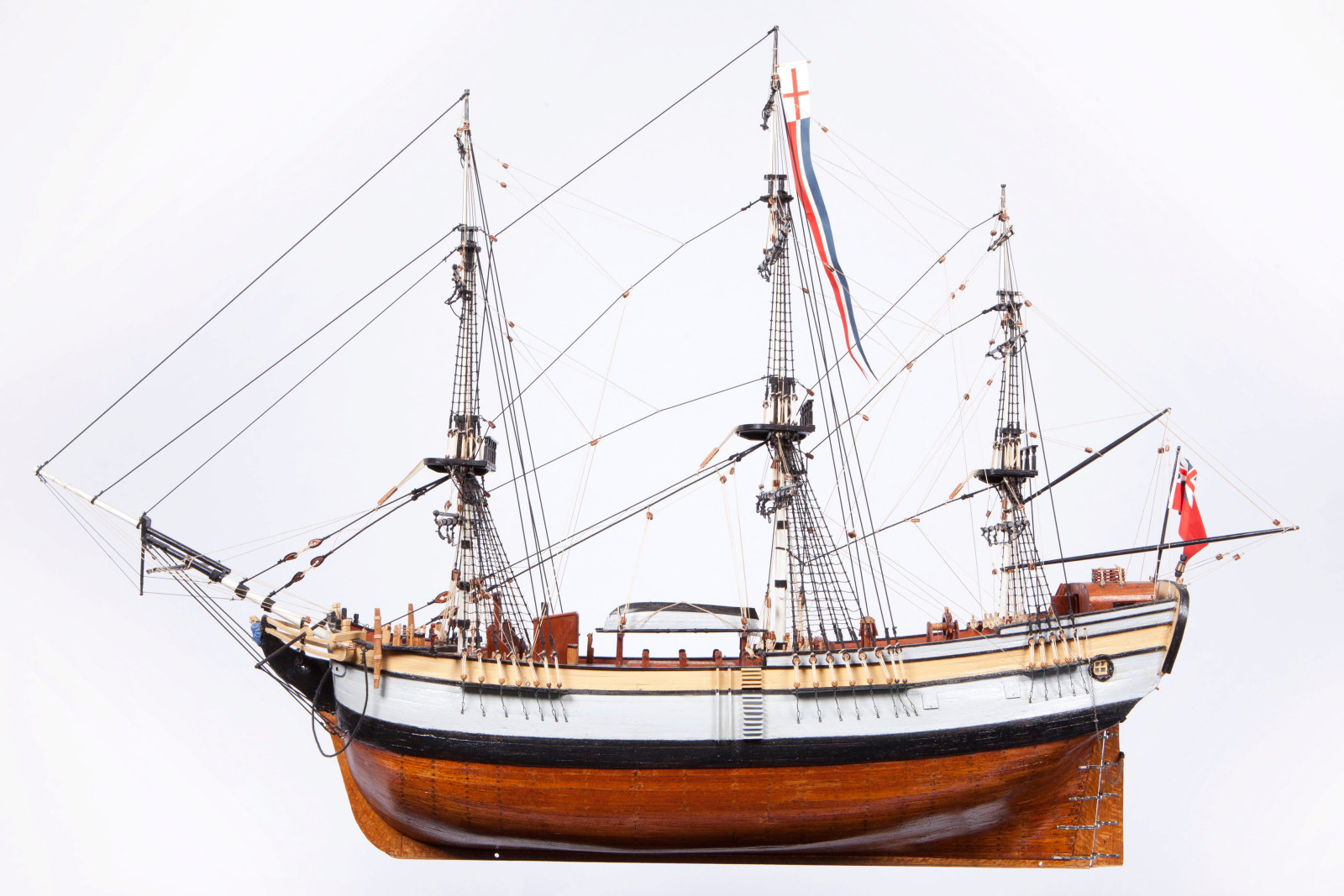
First Fleet Ships
Friendship
Length: 22.9 metres (75 feet); width: 7 metres (23 feet); weight: 282 tonnes (278 tons)
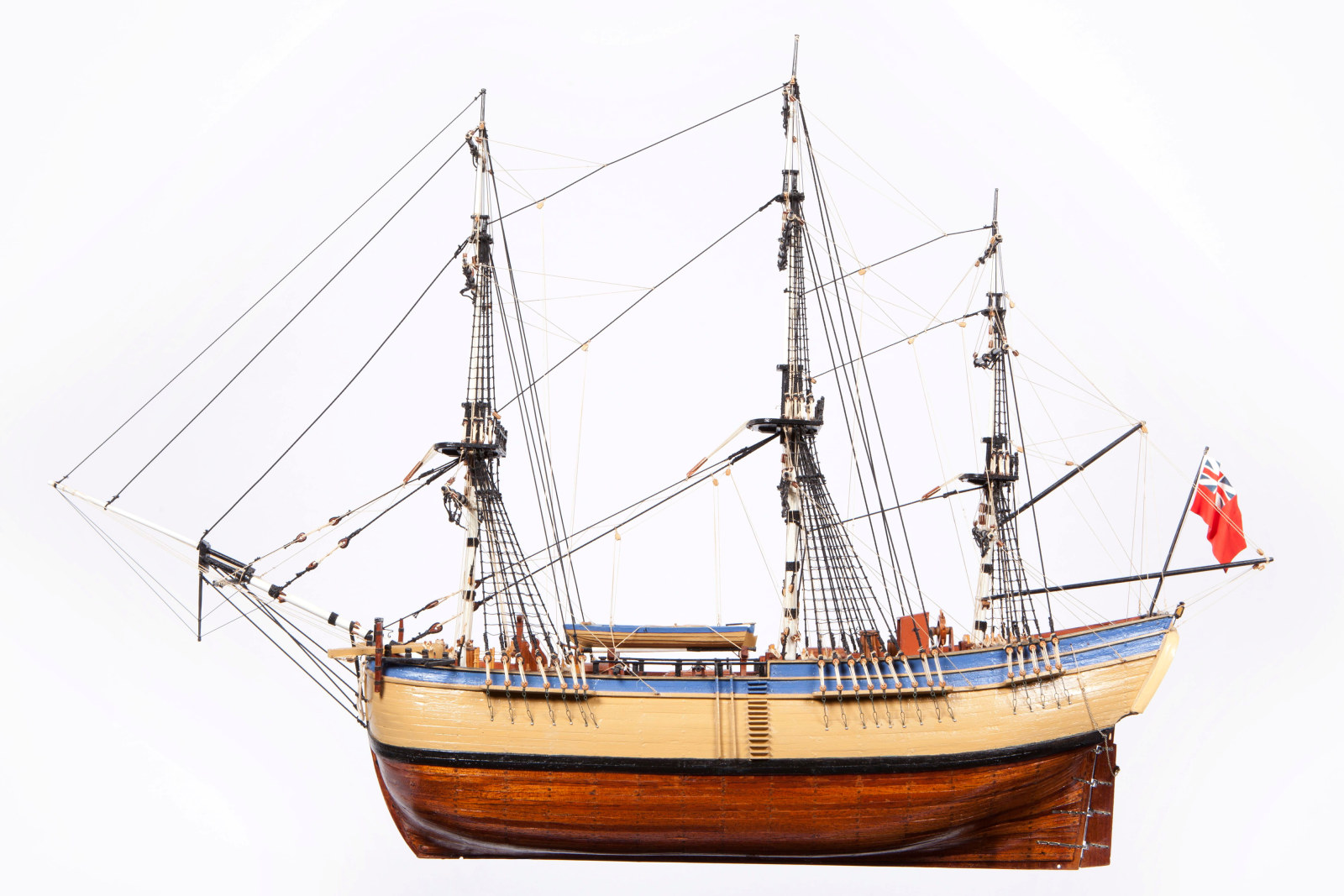
First Fleet Ships
Golden Grove
Length: 31.4 metres (103 feet); width: 8.8 metres (29 feet); weight: 336 tonnes (331 tons)
More stories
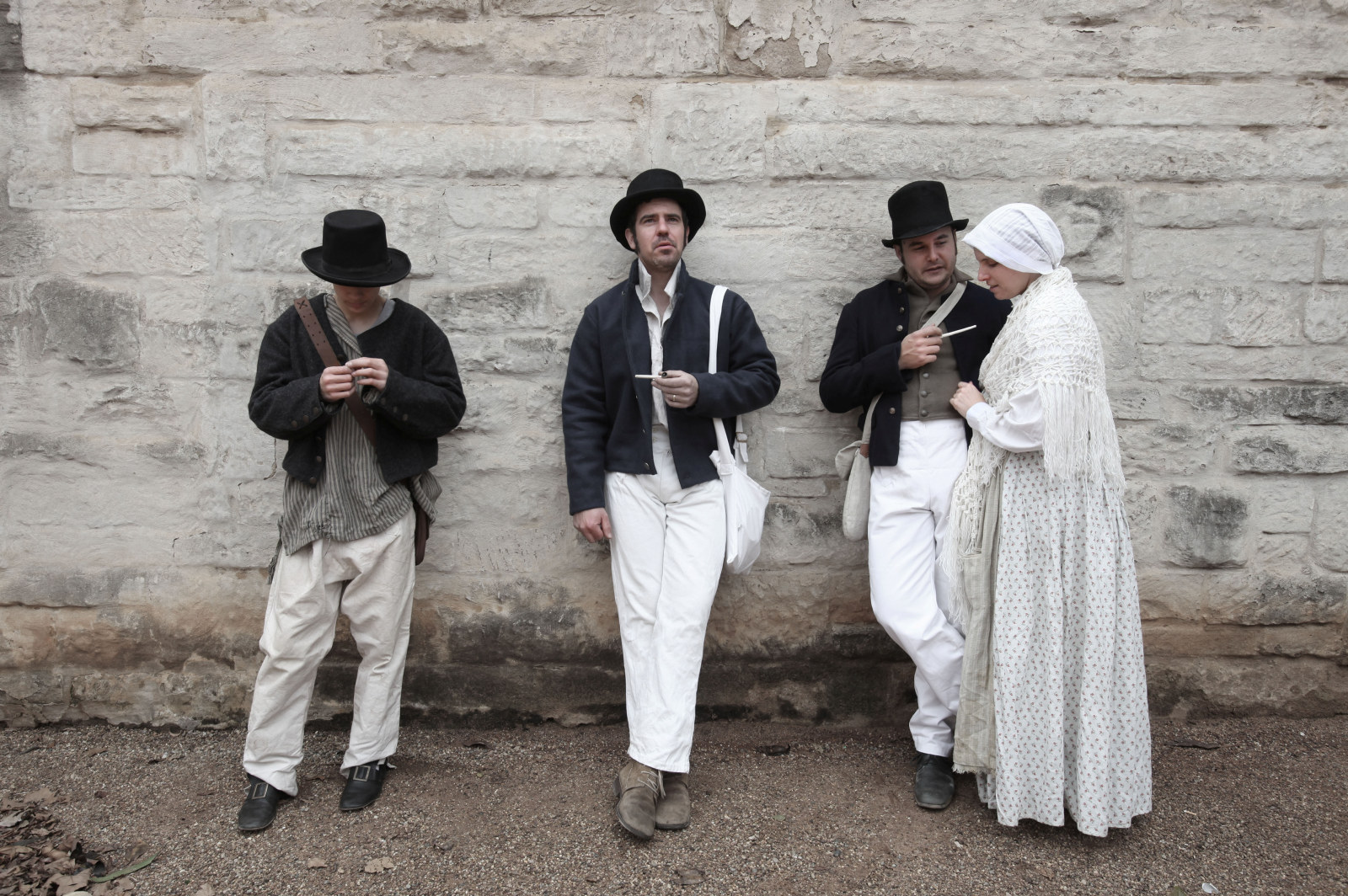
Convict Sydney
1801 - Day in the life of a convict
In the young colony, there was no prisoner’s barrack - the bush and sea were the walls of the convicts’ prison
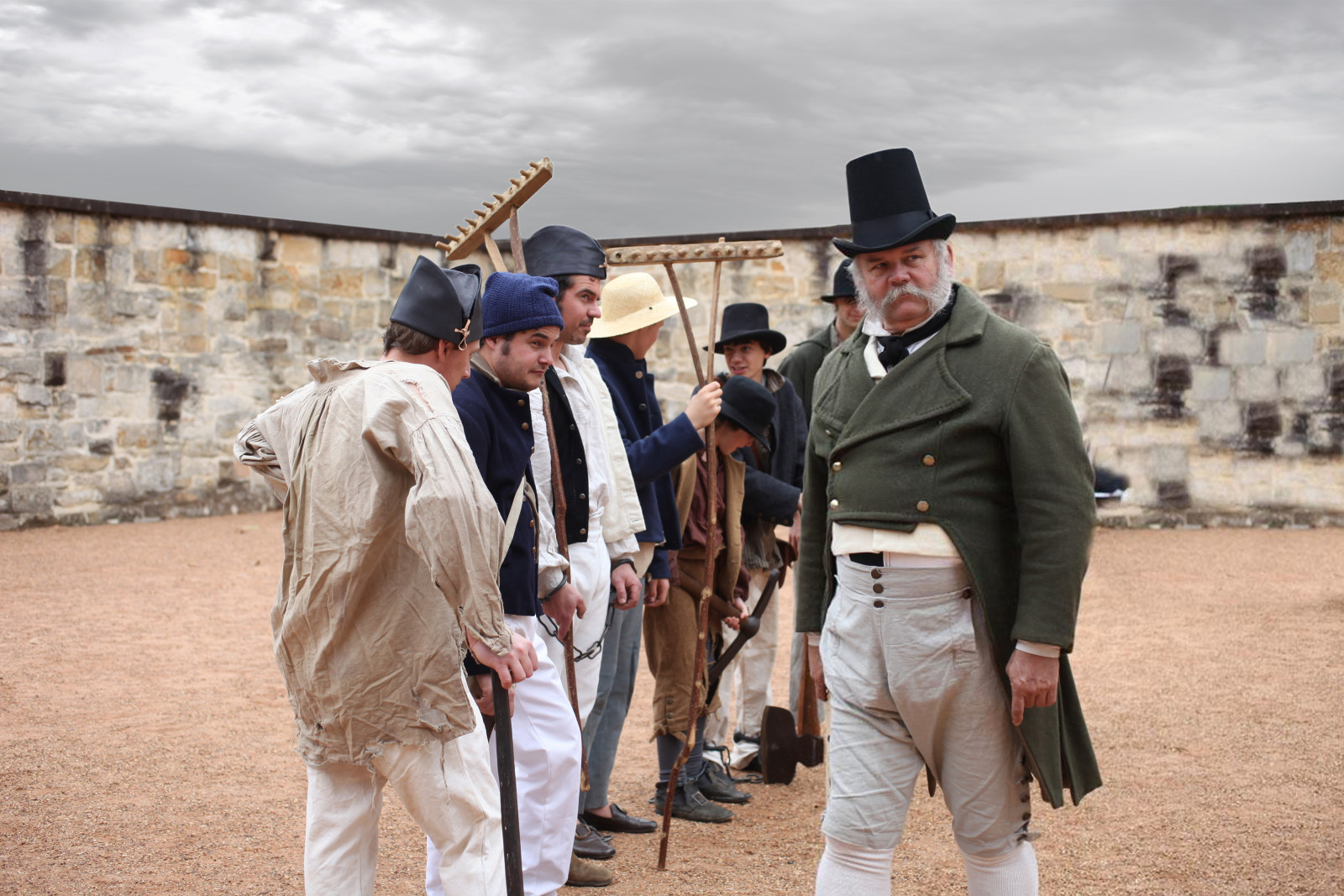
Convict Sydney
1820 - Day in the life of a convict
By 1820 the days of relative freedom for convicts in Sydney were over
Published on